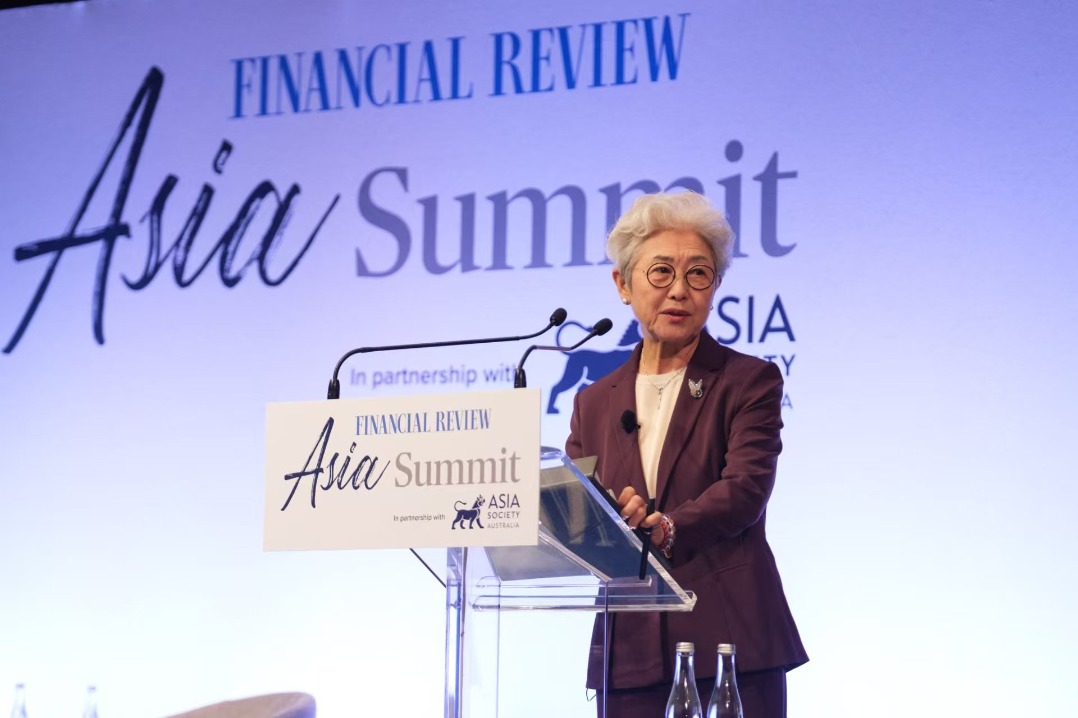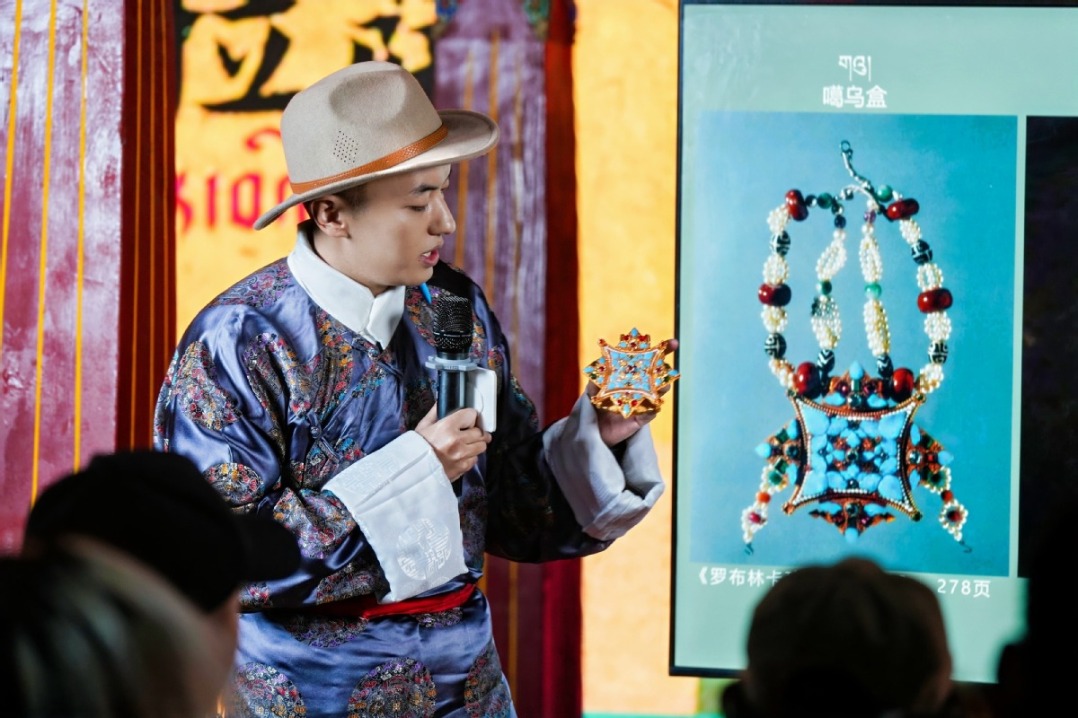Healthy Sino-US competition good for SE Asia


US President Joe Biden implemented a number of "new policies" on his first day in office, terminating or changing many of the Donald Trump administration's decisions, and announcing that he will adopt policies, both domestic and foreign, significantly different from those of his predecessor. The most important changes are expected to be made in the US' China policy.
As new US Secretary of State Antony Blinken said on Jan 27, Sino-US relations are the most important diplomatic relations, which will greatly influence the US' foreign policy, especially the security and trade policies related to China and, by extension, Southeast Asia. He also said that he will continue to take appropriate measures against China while seeking cooperation on common issues such as fighting climate change.
The most important and explicit official statement on Sino-US relations, however, came from White House Press Secretary Jen Psaki at a regular news conference on Jan 25. "We're starting from an approach of patience with our relationship with China," she said, adding that the US administration will carry out an interagency review and talk with congressional and foreign allies before deciding what laws to enact or what regulatory action to take.
However, it is not difficult to judge what changes the Biden administration will make to the China policy. First, the US aim to contain China will not change. Second, the US will place more emphasis on cooperation with allies. And third, it will likely present its China policy within the "framework" of international rules.
The third change is particularly important, as it reflects the basic thinking and attitude of many US politicians. It means the Trump administration's unscrupulous and capricious way of approaching foreign relations will end, and US foreign and trade policies will return to the "rule-based order".
Southeast Asia is of strategic interest to both China and the US, and the policies and attitudes of the new US administration toward the region will, to a large extent, decide its strategy toward China.
In terms of trade in Southeast Asia, the US' "New Deal" will likely reflect three trends.
In a bid to contain China, the US will continue to promote the transfer of manufacturing industries from China to Southeast Asian countries, especially to Vietnam, Malaysia and Indonesia, and encourage Western investors to shift their investments to other countries. And it will focus on increasing the import of industrial products from these countries, and possibly transferring a certain amount of technology to them.
The US could also put a regional trade agreement with the Association of Southeast Asian Nations (possibly together with Japan, Australia, India and the European Union) on the agenda with the aim of raising a series of barriers, such as labor rights protection, environmental protection and reduced government intervention, to contain China and compete with China in making trade rules in the Asia-Pacific region.
Due to the new US administration's scruples about its image and desperation to regain the trust of its allies, the radical "anti-China" actions of the Trump administration, which trampled trade rules (and were labeled by the World Trade Organization as violations of global trade rules), will likely give way to moderate and rule-based containment.
In other words, the US' policy to contain China will not change, but the degree and intensity of the moves could ease. The most important point, however, is that the US administration will no longer be able to force Southeast Asian countries to "choose sides" between Washington and Beijing. Instead, it is expected to make increasing efforts to regain the trust of Southeast Asian countries by offering to better "safeguard" their security interests and help promote their economic growth.
Given these facts, the Sino-US competition will enter a new stage. It will no longer be about fighting a rotten trade war, which Trump triggered, but about taking part in a real, rational competition. Both sides will compete on the premise that they will not turn the competition in trade into a rivalry in other fields such as politics, economy, culture and security.
So the pressure on China from the US side is expected to be much less than that during the past four years, which will give China more room to maneuver and make the right choices and moves.
Southeast Asian countries, too, will have more choices to make and thus may not rush to "join a certain party". Instead, they can calmly study the situation and make decisions according to the nature and demand of the issue at stake and better protect their core interests. And except perhaps for Vietnam, which has greatly benefited from the transfer of industries from China, other Southeast Asian countries will deal with China and the US more cautiously while maintaining good relations with both countries, so as to optimize their economic and security benefits.
As such, trade in Southeast Asia in the next stage will be marked by intensified Sino-US competition, agreements on more favorable policies, more benefits for the region's countries, and higher exchanges of goods and services between the region and both China and the US.
In short, the competition between China and the US could be a big opportunity for the Southeast Asian countries to expedite their economic development, which they could not even think of during the last four years because of Trump's confrontationist and destructive trade and economic policies. Also, with the US "returning to the rules",the traditional allies of the US in the Asia-Pacific will interact with each other, and other countries, more frequently to the greater benefit of the region.
The author is a researcher at the School of International Studies at Sichuan University. The views do not necessarily reflect those of China Daily.


































